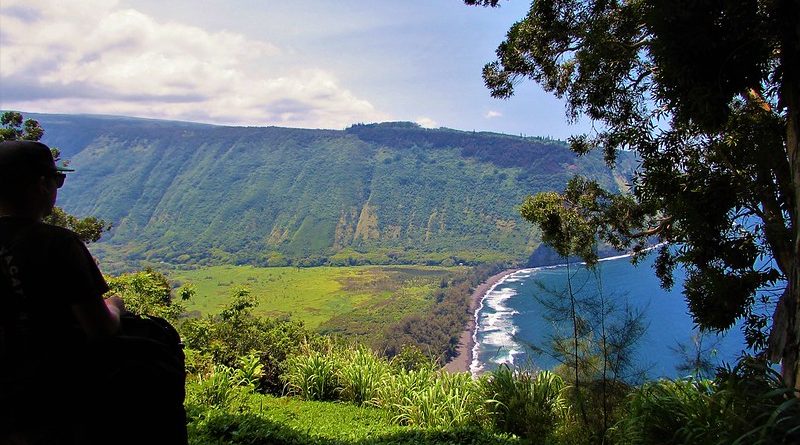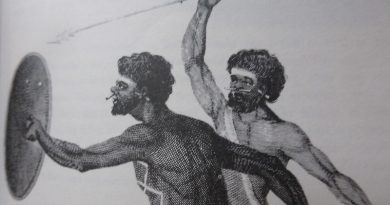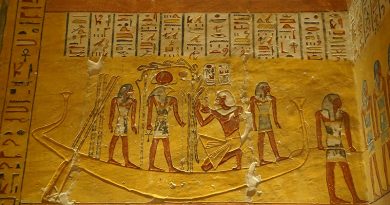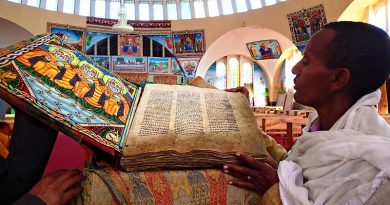The Hawaiian Kings
The first of the Hawaiian kings – the great Hawaiian hero, King Kamehameha- united the islands in a bloody but successful conquest still celebrated by Hawaiians.
He defeated rival chiefs and unified the Hawaiian kingdom in 1810.
Kamehameha secured access to European weapons including canon which secured his victory .
Volcanic islands without metal could could not deck its kings and queens in the usual gold adornments or even precious gems. Instead, they were cloaked in the feathers of rare highly prized exotic birds.
Royalty had the longest cloaks and Kamehameha’s cloak was floor length and was made up of bright yellow feathers. Only four of these feathers could be taken from each rare mammal blackbird.
A royal cloak as splendid as King Kamehameha’s required a staggering 80,000 black mammal birds to complete. Its said it took generations just to collect the feathers .
When Kamehameha died in 1819, his body was hidden by the ancient custom called hunakele literally to hide in secret. The mana or power of a person was considered to be sacred. As per the ancient custom, his body was buried in a hidden location to protect its mana. His final resting place still remains unknown.
Kamehameha had abolished the traditional Kapu system, including the hula ceremony and set in train a series of events that would westernise the country. He was succeeded by his son, Kamehameha II.
Despite the killing of Cook 50 years earlier, the British relationship with Hawaii remained close, cemented by the relationships being forged between the royal families of each country.
In 1824, the Kamehameha II, Liholiho, and his wife Kaʻahumanu, travelled to England to visit King George IV. Unfortunately during the state visit both the king and the queen of caught smallpox in London and died.
By now, the islands, which for several decades in the 19th century had been sustained by the whaling industry, were developing into a plantation economy, with its most valuable commodity being sugar. It was harvested by Asian labourers brought in from China and Japan.
Successive kings Kamehameha the III, IV, and V, and Lunalilo, the first elected king, known as “The People’s King”, presided over the sale of land to ,and gradual encroachment of, American political and economic interests that took control of the lucrative plantation economy.
By the time of the dynasty’s last king, Kalākaua, the monarchy was heavily Westernised, with the king known as the Merrie Monarch, ensconced in the ʻIolani Palace. With all the trappings of the age, it was modelled on the palaces in faraway Europe.
Soon after, she came to the throne as Hawaii’s only queen, Lili’uokalani, the last of the nine Hawaiian monarchs, was overthrown by an American-run, self-proclaimed government. Imprisoned, she was later released, but the new power in Hawaii was American Sanford Dole. Three years later, Hawaii officially became an American possession.
Dole’s descendants continued to run the Dole family firm for more than a century, which moved from sugar into pineapples and is still active today in the fruit industries across the region and in Latin America.




